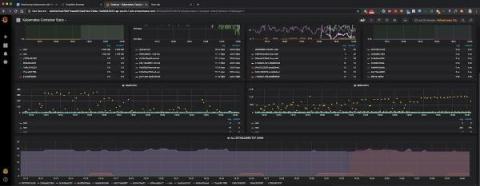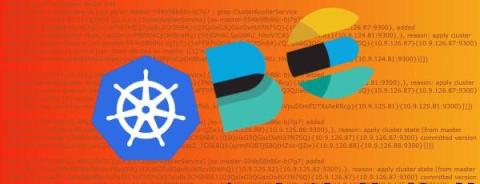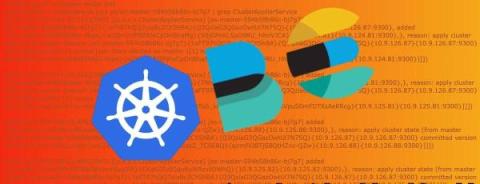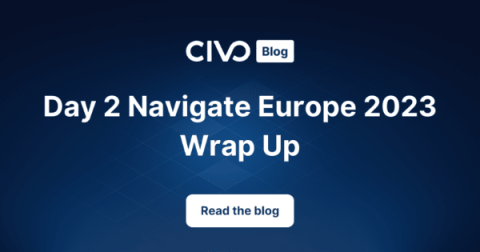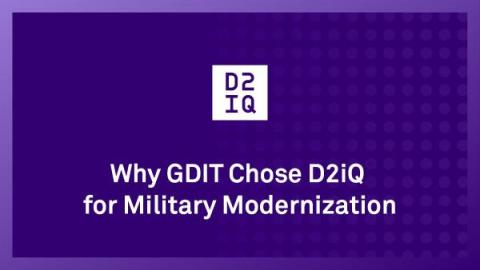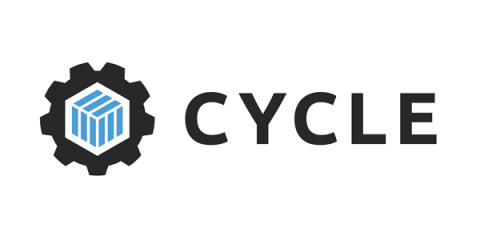Operations | Monitoring | ITSM | DevOps | Cloud
Containers
The latest News and Information on Containers, Kubernetes, Docker and related technologies.
What is a Service Mesh? And Why Would You Want One?
Monitoring Kubernetes with Graphite
In this article, we will be covering how to monitor Kubernetes using Graphite, and we’ll do the visualization with Grafana. The focus will be on monitoring and plotting essential metrics for monitoring Kubernetes clusters. We will download, implement and monitor custom dashboards for Kubernetes that can be downloaded from the Grafana dashboard resources. These dashboards have variables to allow drilling down into the data at a granular level.
#90DaysOfDevOps - The DevOps Learning Journey - Civo Navigate NA 23
Kubernetes Logging with Filebeat and Elasticsearch Part 1
This is the first post of a 2 part series where we will set up production-grade Kubernetes logging for applications deployed in the cluster and the cluster itself. We will be using Elasticsearch as the logging backend for this. The Elasticsearch setup will be extremely scalable and fault-tolerant.
Kubernetes Logging with Filebeat and Elasticsearch Part 2
In this tutorial, we will learn about configuring Filebeat to run as a DaemonSet in our Kubernetes cluster in order to ship logs to the Elasticsearch backend. We are using Filebeat instead of FluentD or FluentBit because it is an extremely lightweight utility and has a first-class support for Kubernetes. It is best for production-level setups. This blog post is the second in a two-part series. The first post runs through the deployment architecture for the nodes and deploying Kibana and ES-HQ.
Day 2 Navigate Europe 2023 Wrap Up
We kicked off the start of the Day 2 with our host Nigel Poulton as he prepared us with a quick rundown of the highlights from the first day before giving attendees a taste of what to expect from the rest of the event. After this point, Nigel brought Kelsey Hightower to the stage for his keynote session with Mark Boost and Dinesh Majrekar. If you missed our Day 1 recap, check it out here.
Multi-cluster Failover With A Service Mesh - Civo Navigate NA 2023
Why GDIT Chose D2iQ for Military Modernization
General Dynamics Information Technology (GDIT) is among the major systems integrators that have chosen D2iQ to create Kubernetes solutions for their U.S. military customers. I spoke with Todd Bracken, GDIT DevSecOps Capability Lead for Defense, about the reasons GDIT chose D2iQ and the types of solutions his group was creating for U.S. military modernization programs using the D2iQ Kubernetes Platform (DKP).
Deploying Single Node And Clustered RabbitMQ
RabbitMQ is a messaging broker that helps different parts of a software application communicate with each other. Think of it as a middleman that takes care of sending and receiving messages so that everything runs smoothly. Since its release in 2007, it's gained a lot of traction for being reliable and easy to scale. It's a solid choice if you're dealing with complex systems and want to make sure data gets where it needs to go.




